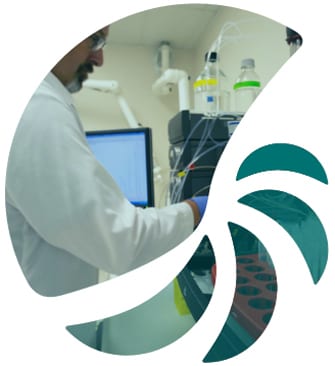hCEC Isolation From Human Corneas
Human corneas, which were unsuitable for transplantation, were obtained from the Veneto Eye Bank Foundation (Venice, Italy) and used for research purposes, according to Italian legislation and guidelines set by the Italian Transplant Service (Centro Nazionale Trapianti, Rome, Italy) and the Regional Transplant Service (Centro Regionale Trapianti, Padua, Italy). To isolate hCECs from human corneas, limbal tissue was dissected from human corneas, cut into small pieces, and incubated with 10 mL trypsin (0.05% trypsin and 0.01% EDTA solution, Life Technologies, 25300-062) for 30 minutes in 37°C, after which the supernatants, containing the cells, were collected, and neutralized by addition of 10 mL KM media containing: Dulbecco’s Modified Eagle Medium (21969035, Gibco) and F12 (21765029, Gibco) 2:1, fetal bovine serum (FBS) 10% (10099-141, Life Technologies), penicillin-streptomycin 50 mg/mL (15140122Life, Technologies), and Glutamine 4 mM (25030081, Life Technologies). Adenine grade I 0.18 mM, (4010-21-2, Pharma Waldhof GMBH), hydrocortisone 0.4 mg/mL (AIC013986029, Flebocortid Richter, Sanofi), insulin (HI0210, Humulin R, Lilly, Canada), Triiodothyronine 2 nM (AIC036906016, Liotir, IBSA), Cholera Toxin QD 8.1 mg/mL, 9100B, List Biological Laboratories), …
• Product #100B – Cholera Toxin (AZIDE-FREE) from Vibrio cholerae
Please reach out to List Labs for a custom order of product #9100B – Cholera Toxin QD at info@listlabs.com



